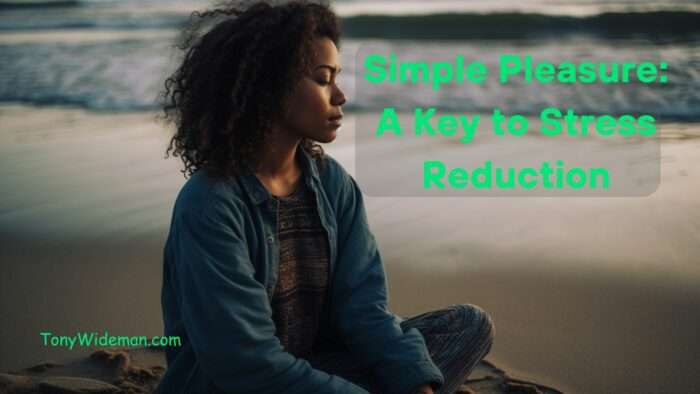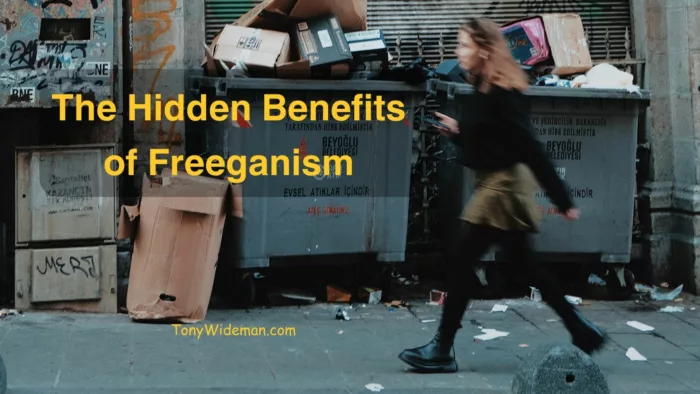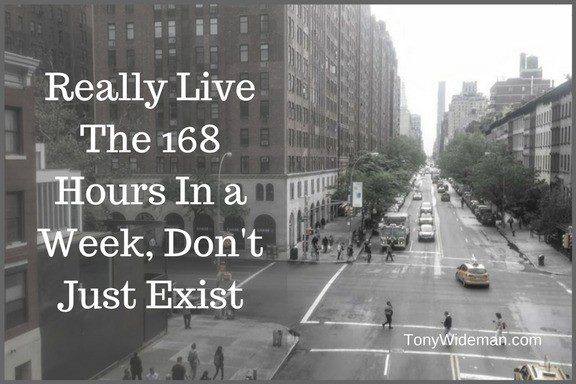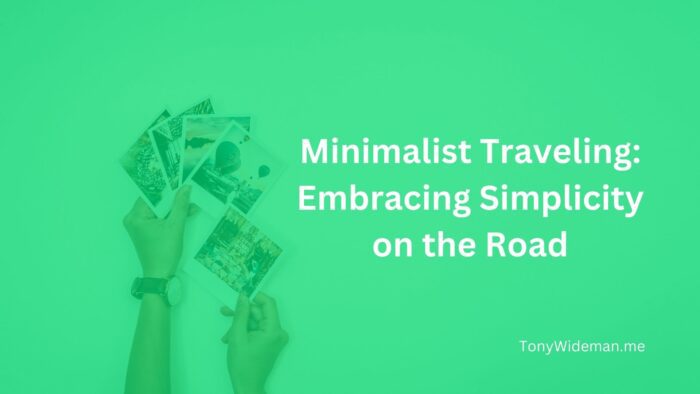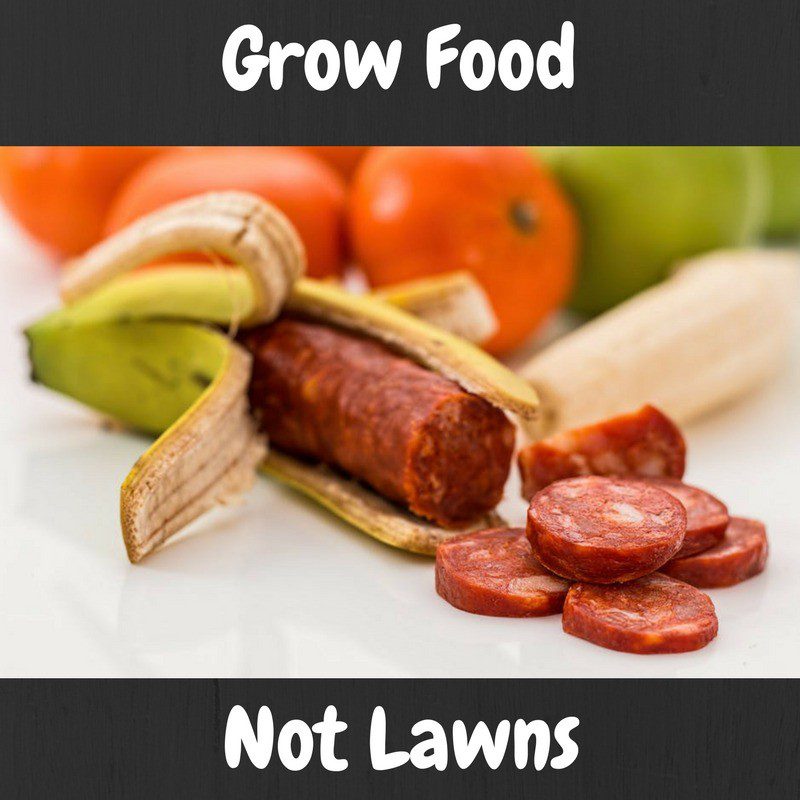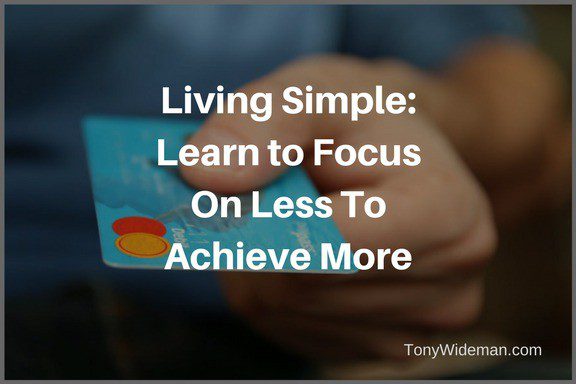Minimalism: Mastering Intentionality, Simplicity, Chaos & Stress
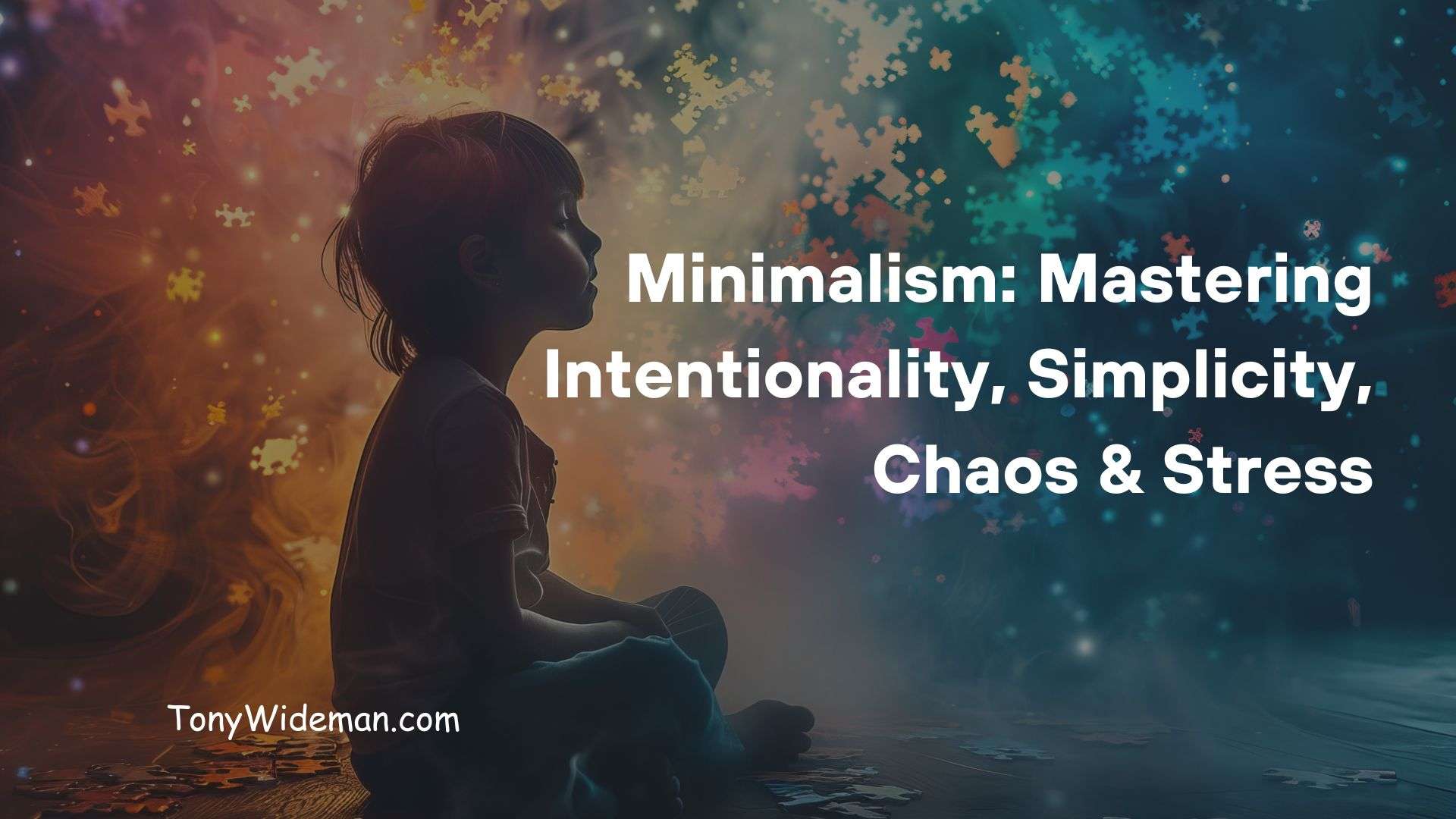
Minimalism, a lifestyle choice emphasizing simplicity and intentionality, has gained significant traction in recent years. As the modern world grows increasingly chaotic, the appeal of stripping away excess and focusing on what truly matters becomes ever more compelling.
Understanding and implementing minimalist principles allows us to navigate our lives more clearly and purposefully.
Introduction to Minimalism and Mastering Intentionality
In our bustling, hyper-connected era, you’ll learn about a lifestyle that might seem counterintuitive. At its core, mastering intentionality isn’t just about having fewer things; it’s about making more room for what truly matters.
So, let’s examine minimalism and its core principles. Imagine simplicity not as a sacrifice but as a strategy to reduce stress and chaos.
Minimalism paves a path to serenity at the intersection of psychology and personal space. Studies show that a minimalist lifestyle and mastering intentionality can significantly reduce stress by stripping away the superfluous.
It’s about getting rid of excess and focusing on the essentials. This creates a buffer against the overwhelming pace of the modern world, where stress and anxiety frequently keep company.
You might wonder how a minimalist approach can shine through the hustle and bustle of daily life. The stark contrast between external disorder and internal order gives minimalism its power.
By consciously choosing to live with less, you’re taking control in a world that often feels uncontrollable. It’s a personal rebellion against the idea that more is always better. Surprisingly, it usually leads to more—more time, more peace, and more satisfaction.
But let’s be honest: Knowing about minimalism and applying it to your life is very different. In the next section, I will help you with some practical steps to embrace minimalism. From decluttering your space to minimizing digital noise, you’ll learn how to cultivate a minimalist mindset. And don’t worry too much about perfecting it on the first try.
Remember, this is about finding what resonates with you and your unique situation.
The Core Principles of Minimalism
Intentionality
Intentionality lies at the heart of minimalism.
It involves making conscious decisions about what we allow into our lives, whether physical possessions, activities, or relationships.
By focusing on what adds value and joy, we can eliminate the distractions that prevent us from living meaningfully.
Simplicity
Simplicity is about reducing complexity in all aspects of life.
This doesn’t mean sacrificing quality; instead, it means choosing quality over quantity. Simplifying our environments, schedules, and mental space leads to greater peace and productivity.
Decluttering
Decluttering is a practical application of minimalism.
It involves systematically removing unnecessary items from our living spaces. This process creates a more organized and aesthetically pleasing environment, reduces stress, and increases efficiency.
Practical Steps to Embrace Minimalism Amidst Chaos
You’ll find out about the transformative power of cutting through the clutter, both physically and digitally, to create a more purposeful and stress-free environment. It’s not just about throwing things out; it’s about making room for what truly matters.
Decluttering your physical space can feel like a breath of fresh air. Start small, with a single drawer or shelf, and you’ll soon see the ripple effects of calm and order in your life.
Don’t worry too much about perfection. You aim to reduce overwhelm by paring down to the essentials that serve your needs and bring you joy.
In today’s digital age, our attention is a currency that’s all too easily spent. Minimizing digital distractions means being intentional with your tech use.
Unsubscribe from those never-ending email lists, mute non-essential notifications and allocate specific times to check your devices. Choose something that resonates with you in maintaining your focus and mental wellness.
A minimalist routine isn’t about rigidity; it’s about streamlining your day so you’re not constantly caught up in decision fatigue.
Establishing clear routines can significantly lower stress levels. They create predictability in your day and help conserve mental energy for important things.
Setting boundaries is vital to protecting your time and energy. Learn to say no to commitments that don’t align with your values or serve your well-being.
Prioritize self-care because you can’t pour from an empty cup. Remember, you can constantly adjust your approach, but establishing these boundaries is crucial to thriving amidst the chaos.
Benefits of Minimalism
Enhanced Focus
A minimalist lifestyle helps enhance focus by reducing distractions.
With fewer possessions and commitments, our attention is directed toward what truly matters, leading to better productivity and mental clarity.
Financial Freedom
Adopting minimalism often results in significant financial benefits.
By prioritizing needs over wants, we can reduce unnecessary spending, save money, and achieve financial independence faster.
Environmental Impact
Minimalism supports sustainability.
By consuming less and choosing sustainable products, we reduce our ecological footprint. This conscious consumption helps preserve natural resources and minimize waste.
Implementing Minimalism in Daily Life
Home Environment
Creating a minimalist home involves decluttering and organizing.
Start with one room, removing items that no longer serve a purpose or bring joy. Opt for multifunctional furniture and neutral color schemes to create a serene atmosphere.
Work Life
Minimalism at work means prioritizing tasks, managing time efficiently, and maintaining a clean workspace.
Use digital tools to organize tasks and reduce paper clutter. Limit meetings and focus on deep work periods to enhance productivity.
Digital Minimalism
In our digital age, minimalism extends to our online presence.
Practice digital decluttering by organizing files, reducing app usage, and setting boundaries for screen time. To maintain focus, unsubscribe from non-essential newsletters and notifications.
Sustaining a Minimalist Mindset Through Life’s Turbulence
Adopting a minimalist mindset isn’t just about one-off decluttering or detoxing from digital devices. It’s about embedding simplicity into the very fabric of your existence. While it seems straightforward, maintaining this approach when life gets bumpy is the real challenge.
Practicing mindfulness goes hand in hand with minimalism. I’m going to stress the importance of being present.
You’ll learn about mindfulness techniques like meditation, which can help keep your thoughts from spiraling amidst chaos. Choose something that resonates with you; it could be as simple as taking a few deep breaths when you feel overwhelmed.
Your minimalist journey will benefit from the support of like-minded individuals. Engaging with communities, whether online or in person, offers encouragement and accountability. It’s not just about getting advice; it’s also about sharing experiences and celebrating small victories together.
Don’t worry too much about setbacks. If you stray from your minimalist habits, view it as an opportunity to reinforce your commitment. Your first attempt doesn’t need to be your last. You can constantly adjust your approach down the road.
I hope this piece has given you a practical understanding of mastering intentionality and living minimally amidst the chaos of life.
It’s a continuous journey, one that evolves with you. And remember, the goal isn’t just to have less but to live more—to live deliberately and with purpose. I’d love to hear your feedback if you want to begin or are already on this path. Share your stories, struggles, and successes below.
Overcoming Challenges in Minimalism
Emotional Attachment
Letting go of items with sentimental value can be challenging.
Acknowledging these emotions and focusing on the benefits of a clutter-free space is essential. Keep a few meaningful items and consider digitalizing photos and documents to preserve memories without physical clutter.
Social Pressure
Society often equates success with material possessions, so embracing minimalism might attract skepticism.
Stay committed to your values, and remember the long-term benefits of a minimalist lifestyle. Surround yourself with like-minded individuals for support.
Consistency
Maintaining a minimalist lifestyle requires ongoing effort.
Assess your belongings and commitments regularly to ensure they align with your goals. Establish decluttering and intentional living routines to keep your space and mind uncluttered.
Conclusion
Minimalism is more than a trend; it’s a profound shift towards intentional living.
By embracing simplicity and focus, we can navigate the complexities of modern life with greater ease and fulfillment. Start your minimalist journey today and experience the transformative power of living with less.



